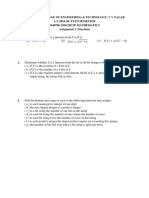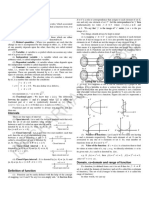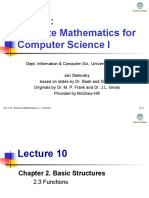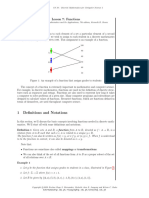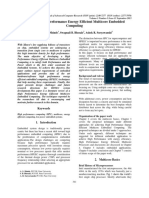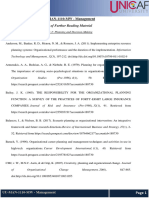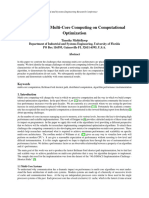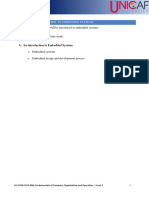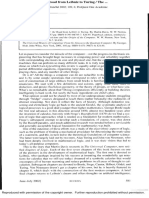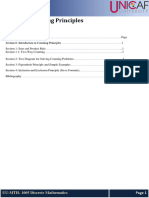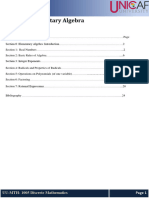0% found this document useful (0 votes)
18 views14 pagesWeek 3 - Functions
The document discusses different types of functions including their definitions, domains, codomains, ranges, direct and inverse images, and injective, surjective, and bijective functions. It provides examples and theorems about these function concepts.
Uploaded by
Game AccountCopyright
© © All Rights Reserved
We take content rights seriously. If you suspect this is your content, claim it here.
Available Formats
Download as PDF, TXT or read online on Scribd
0% found this document useful (0 votes)
18 views14 pagesWeek 3 - Functions
The document discusses different types of functions including their definitions, domains, codomains, ranges, direct and inverse images, and injective, surjective, and bijective functions. It provides examples and theorems about these function concepts.
Uploaded by
Game AccountCopyright
© © All Rights Reserved
We take content rights seriously. If you suspect this is your content, claim it here.
Available Formats
Download as PDF, TXT or read online on Scribd
/ 14
















